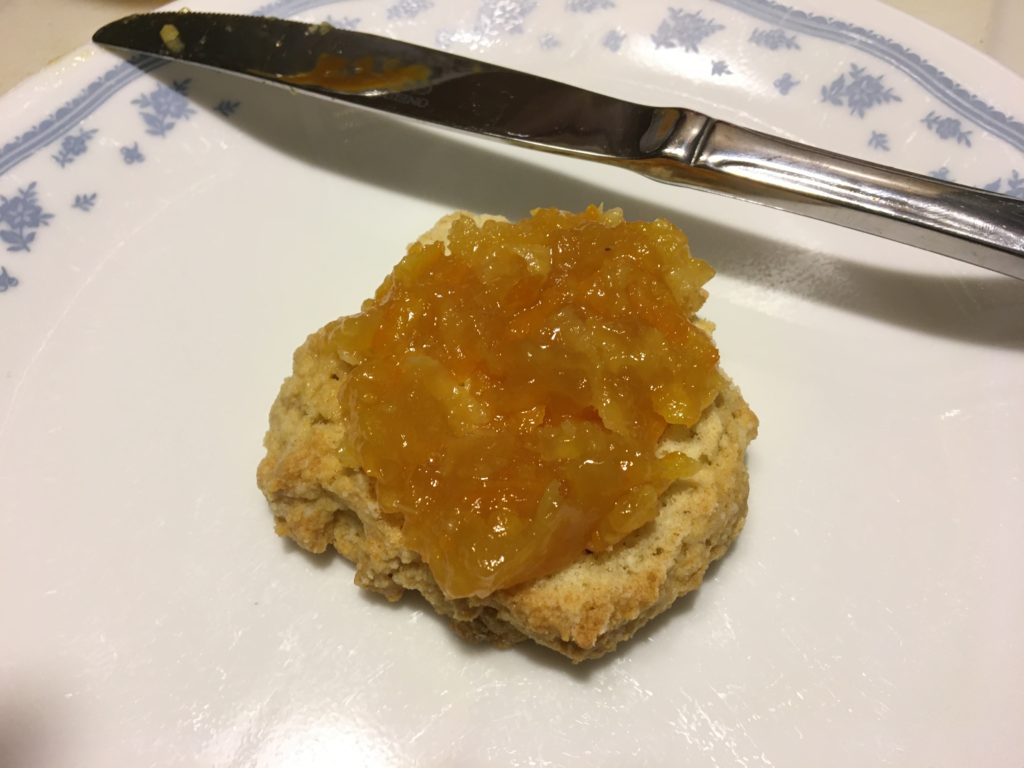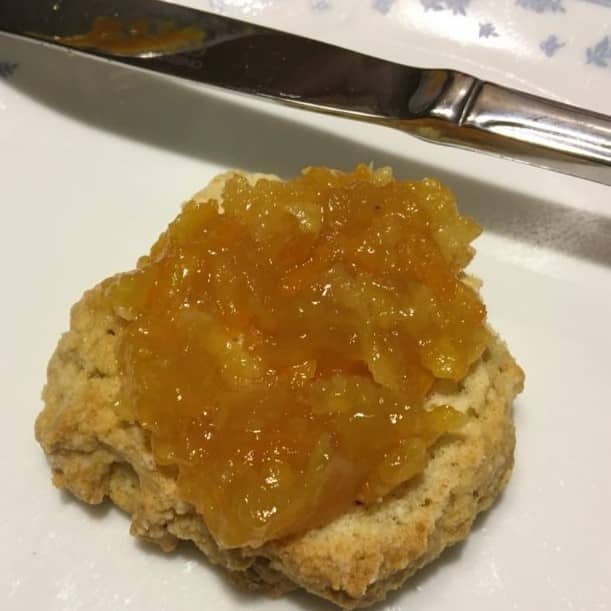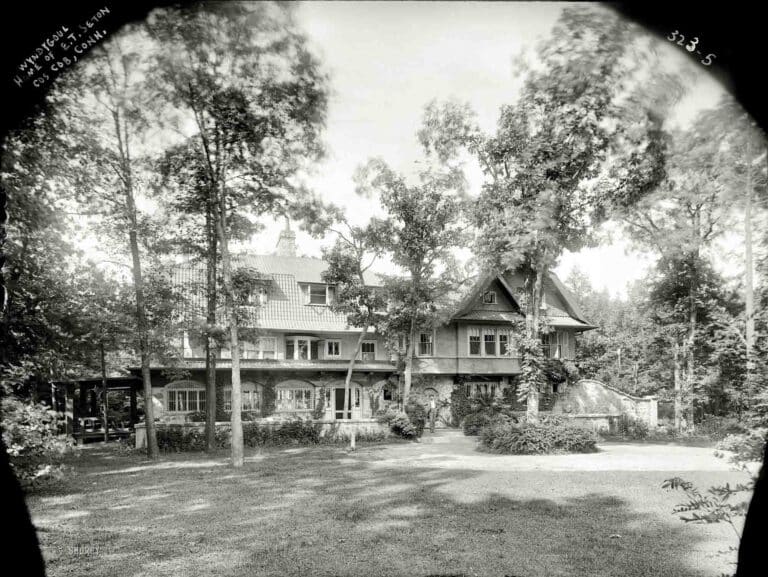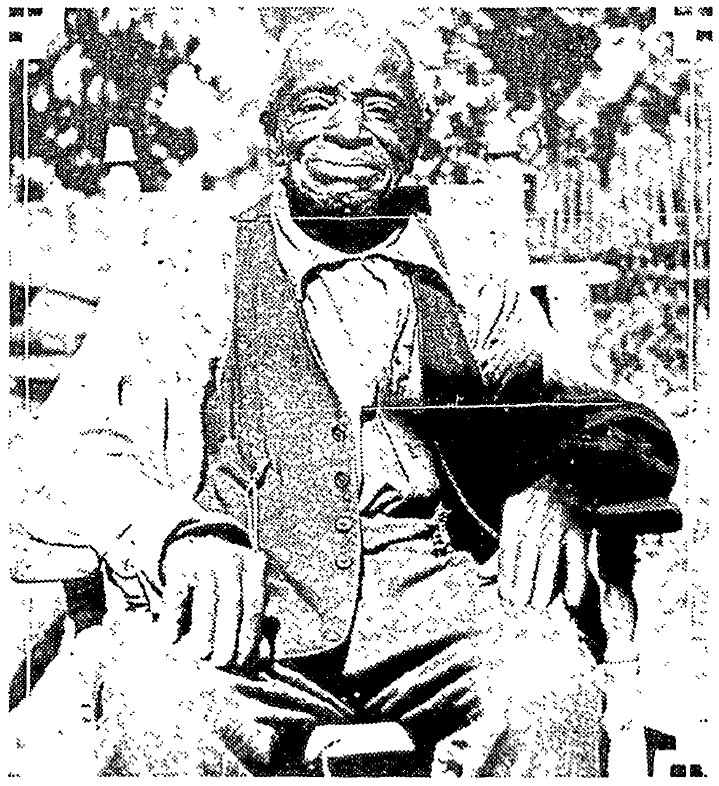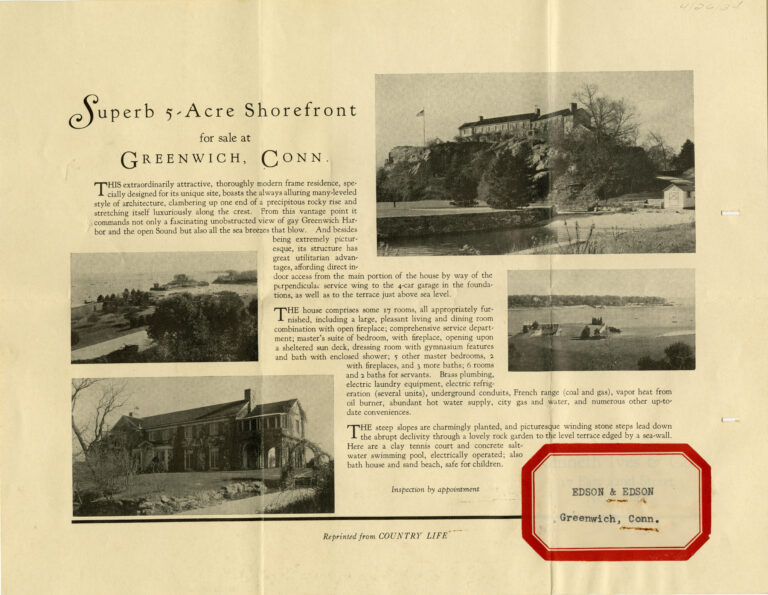The hearth was the heart of a colonial home. It provided people with warmth, light and, most importantly, food. Almost everything a colonial family ate would have been prepared on the hearth. In this mini-series, I am going to show you how I make some of my hearth cooking staples.
Please note that not all fireplaces, even in colonial buildings, are equipped to be a cooking hearth. I am also a professional with years of training. Please do not try this at home.
Today’s recipe is one that can be replicated on a campfire or stove-top. If you would like to give it a try, please make sure that campfires are safely constructed, ovens are used with care, and a responsible adult is present at all times.
Today’s Recipe: Marmalade
I love marmalade! It is a source of deep nostalgia for me, as I’m sure it is for many.
No breakfast table is truly complete without it.
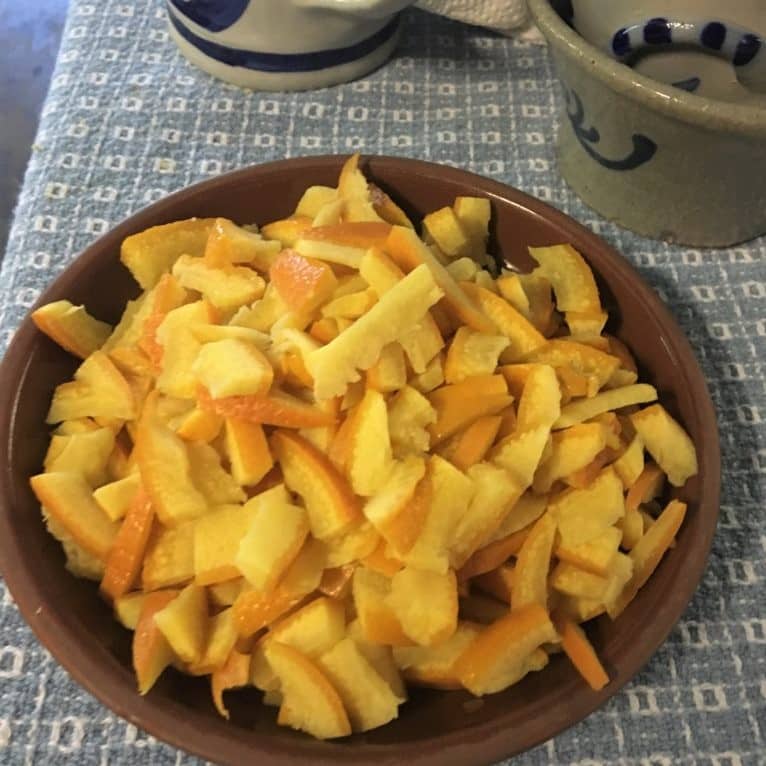
It is famously claimed that marmalade was invented in Dundee, Scotland, in 1700. The claim comes with a romantic story of a shipwreck, a clever wife and a savvy salesman. While it is true that much of marmalade’s popularity does come from this storied event, recipes for preserved orange spreads can be found in cookbooks and recipes long before the time of this often-claimed origin.
Directions
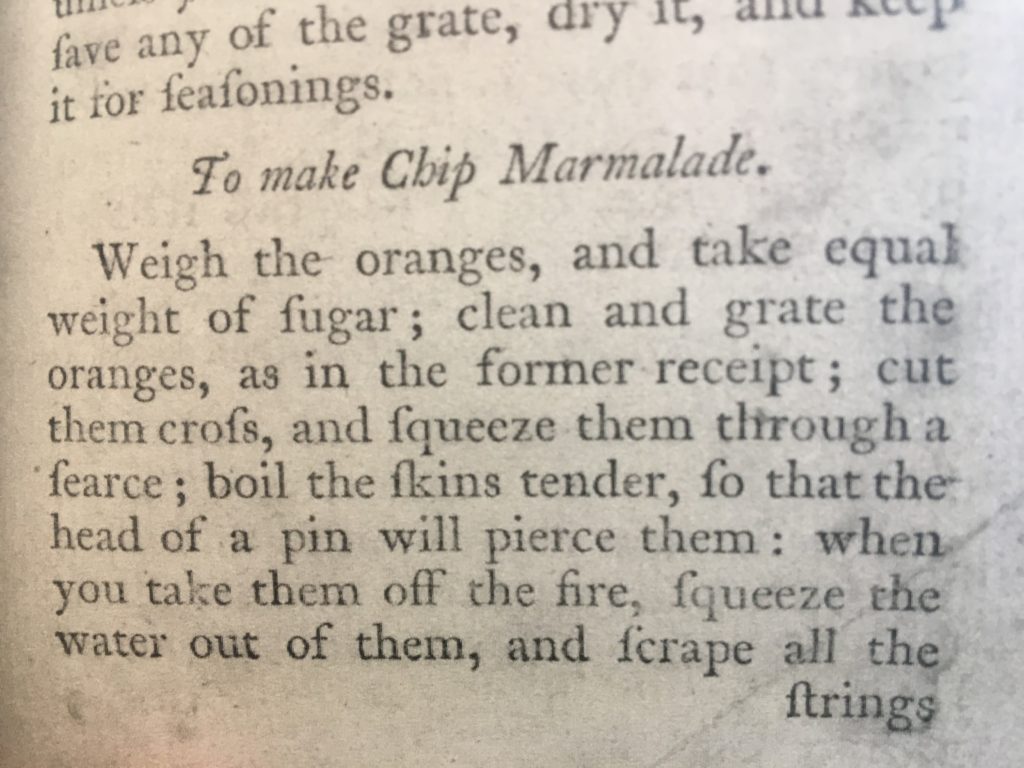
Today, we’re going to use a recipe from my favorite 1774 cookbook as our inspiration.
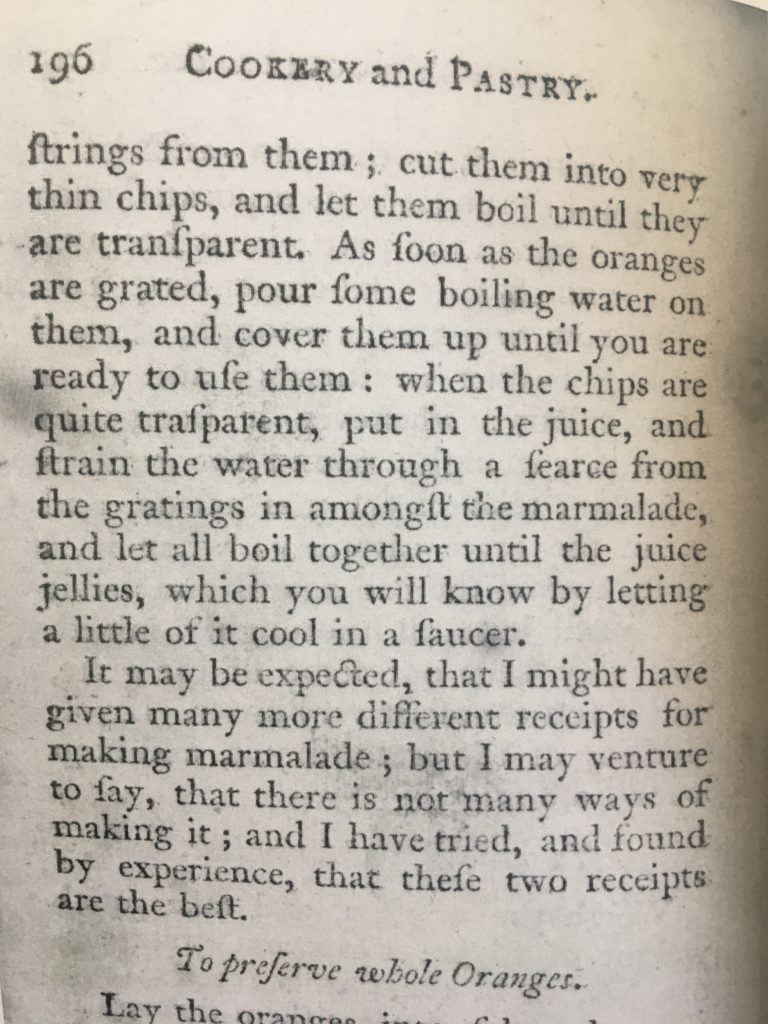
Step 1
Take however many oranges you wish and give them a good wash.
I tend to use 3 or 4.
Weigh them now, while they’re intact, and measure out an equal weight of sugar.
(I don’t like sweet things, so I tend to use about half of the weight. The amount you use is ultimately your choice.)
Put the sugar aside.
Step 2
Peel the oranges and be careful not to dig too deep into the white flesh just beneath the peel. Although some flesh is good, too much will make your marmalade incredibly bitter.
Put the peels into a pot of water to boil.
While the peels are boiling, squeeze the oranges and collect the juice in a bowl. Set the juice aside.
Put the remaining pulp into a clean cloth bag or tea strainer. You will need these later for their naturally occurring pectin. Pectin is a fruit and vegetable starch that helps things form into jelly.
Once your oranges are fully separated, check on your peels. You will know when they are done boiling because you will be able to pierce them with a pin or needle as easily as a hot knife slices through butter.
When you can do that, remove the orange peels and pat them dry.
(I like to catch each one on the needle. It feels a little like fishing.)
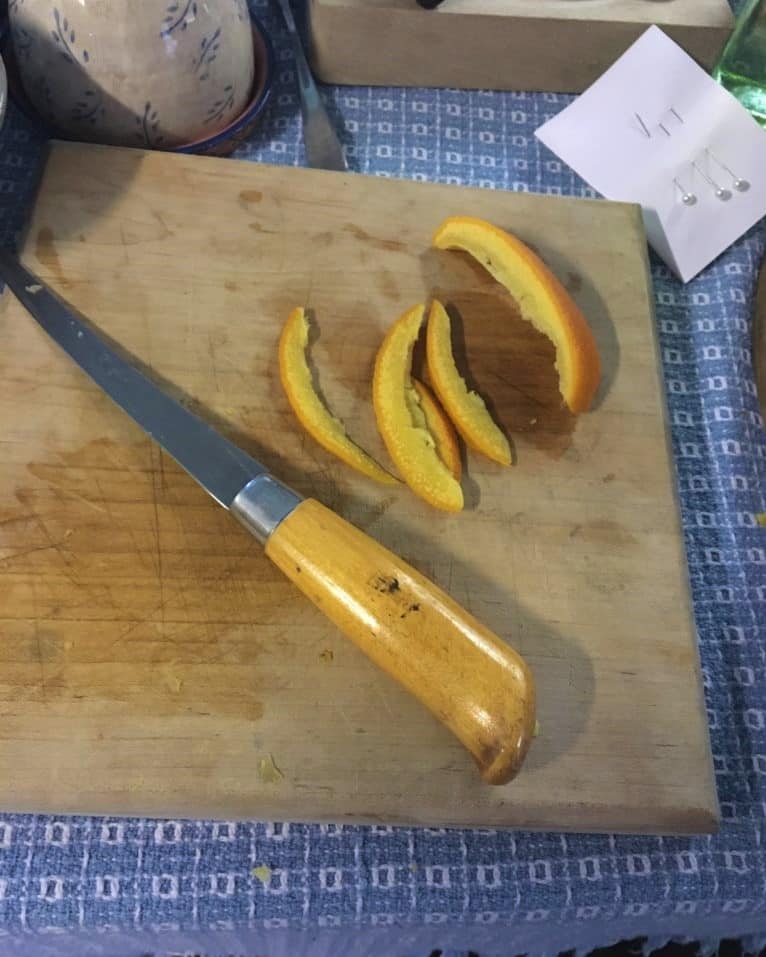
Step 3
Next, you’re going to slice your orange peels to the size you want the chips to be in your marmalade.
Put them back in the pot with just enough water to cover.
Boil them until they are transparent.
Step 4
Once transparent, add the juice, the sugar and the cloth bag or tea strainer full of pulp to the pot.
Boil again for at least half an hour. Unfortunately, you will not be able to tell if enough pectin has been released while the marmalade is hot.
When you think it’s done, remove your cloth bag or tea strainer and let the mixture in the pot cool, first on a trivet on the counter, then in the refrigerator.
Just like when you make Jell-O at home, the marmalade will set as it cools.
Check on it after 4-5 hours in the refrigerator. If it’s set, you’re done!
If not, you will either have to add the cloth bag or tea strainer full of the pulp back into the pot and boil again or add store-bought pectin to the mixture until it sets.
Enjoy!
